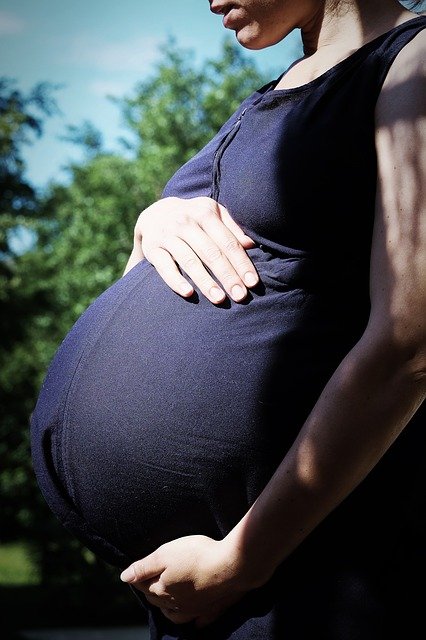Frozen embryo and embryo donation become a current trend that may solve the sudden problem related to something bad that happened to surrogate mothers.
Embryos are then fertilized eggs waiting for the possibility of life.
There are lots of medical and environmental factors responsible for the barrier of the normal fertilization process.
Couples who are facing this problem often opt for In-vitro fertilization (IVF) or other assisted reproductive technologies (ART).
IVF or other ART involves artificially fertilization.
The success of IVF depends upon the optimal environment of the culture system where embryos develop.
After the development of embryos, some of these fresh embryos are implanted in the mother’s womb for conversion of the fetus to continue fertility treatment.
The surplus embryo is cryopreserved for future use.
The couples can be donated surplus embryos to other infertile couples or who wish to become intended single parents.
Surplus cryopreserved or frozen embryos will not be used after the completion of their family.
The surplus embryo can also be donated for further medical research purposes and contribute to the advancement of medical science.
Therefore, frozen embryos are considered an enormously valuable and inimitable resource.
The reproductive ability diminishes with increasing age or due to some medical condition.
Nowadays, many biological parents cryopreserve their embryos to widen the future option to complete their family.
The remaining frozen embryos are considered as surplus after completion of family for the couple.
The estimated surplus frozen embryos are almost 7 million to 10 million in the United States.
One of the right utility of surplus frozen embryos is embryo donation.
Both biological parents and intended parents get benefit from embryo donation.
A single surplus frozen embryo can be donated. The aging of frozen embryos is not a matter of consideration.
Healthy frozen embryos can be used even after 20 years.
The refrozen process is possible for unused thawed frozen embryos and these refrozen embryos can again thaw for another implantation process.
Expert medical practice preserves the life-birth ability of frozen and refrozen embryos, whereas manhandling can destroy them.
Embryo donation is considered a noble effort, as this provides the opportunity for other infertile couples to become parents by using surplus frozen embryos.
A study conducted in 2007 showed that the possibility of achieving pregnancy after using own frozen embryo is 32%, but surprisingly this scope raises up to 35% in case of adopting the donated frozen embryos.
The frozen embryo donation is not required to pay any cost for adoption purposes.
The embryo cannot be brought or sold only embryo donation is the option to get a surplus frozen embryo.
Embryo adoption is an affordable option for an infertile couple to become intended parents.
It is less expensive than domestic or international adoption.
However, there are many bioethical areas including legal, medical, and social work required to accomplish before embryo donation and embryo adoption process.
Several agencies provide the services required to precede embryo donation and adoption process, including matching donor and adaptor requirements, legal works, shipment of frozen embryos, etc.
Experts usually recommended a maximum of three frozen embryos implantation in a single embryo transfer cycle.

Ravi Sharma is a self-motivated, successful entrepreneur and has a solid experience in the fertility segment. and he is the director at ARTbaby Global (ARThealthcare). He is a pharmacy graduate with post-graduation in business administration and has 14 years of rich experience in the field of infertility segment. He loves to write about IVF, Surrogacy, and other ART (assisted reproductive technology) news, issues, and updates. He is a Pharmacy graduate (B. Pharm) and M.B.A (marketing).
His most recent success includes the successful launch of the medical tourism company, ARTbaby, which offers treatment options for infertility, egg donation, and surrogacy. He likes spending time with his family and writing about various aspects of IVF surrogacy and donating eggs.

